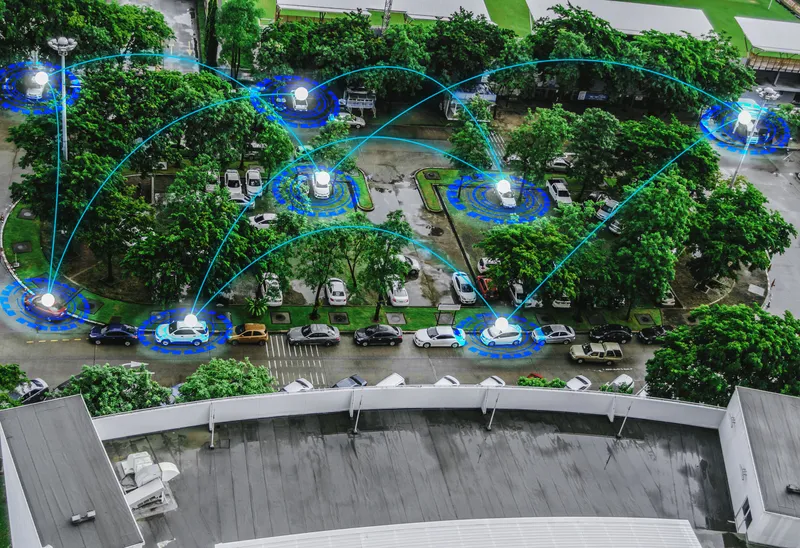Verband Region Stuttgart (Stuttgart regional association) and Robert Bosch are to launch an pilot active parking lot management project to provide drivers with real time parking information via an app or online.
Fifteen park and ride facilities to be equipped with Bosch occupancy sensors to identify unoccupied parking spaces on a minute-by-minute basis and communicate this information in real time via the VVS Transit and Tariff Association Stuttgart app and website. Eleven cities and communities in the
December 15, 2015
Read time: 2 mins
Verband Region Stuttgart (Stuttgart regional association) and Robert Bosch are to launch an pilot active parking lot management project to provide drivers with real time parking information via an app or online.
Fifteen park and ride facilities to be equipped with Bosch occupancy sensors to identify unoccupied parking spaces on a minute-by-minute basis and communicate this information in real time via the VVS Transit and Tariff Association Stuttgart app and website. Eleven cities and communities in the northeast of the greater Stuttgart area have agreed to support the pilot project. They will provide internet connections and electricity for the park and ride facilities, most of which are owned and operated by local municipalities. Verband Region Stuttgart will support this project with funding from a state-wide program aimed at transforming Stuttgart into a model of sustainability.
Verband Region Stuttgart believes the six-month trial, which begins in January 2016 will help to encourage drivers to use public transport. Regional director Dr Nicola Schelling, says: “By incorporating the latest technology in this project, we’re improving service in the region.”
“With our sensors, we’re making the parking spaces part of the internet of things. We’re taking the search for free park and ride spaces off drivers’ shoulders. By doing so, we’re reducing the congestion associated with the search for parking and minimising environmental impact,” says Dr Dirk Hoheisel, a member of the board of management of Robert Bosch.
Occupancy levels will also be examined and analysed to see whether the real-time information on free park and ride spaces actually encourages more drivers to use public transport.
Fifteen park and ride facilities to be equipped with Bosch occupancy sensors to identify unoccupied parking spaces on a minute-by-minute basis and communicate this information in real time via the VVS Transit and Tariff Association Stuttgart app and website. Eleven cities and communities in the northeast of the greater Stuttgart area have agreed to support the pilot project. They will provide internet connections and electricity for the park and ride facilities, most of which are owned and operated by local municipalities. Verband Region Stuttgart will support this project with funding from a state-wide program aimed at transforming Stuttgart into a model of sustainability.
Verband Region Stuttgart believes the six-month trial, which begins in January 2016 will help to encourage drivers to use public transport. Regional director Dr Nicola Schelling, says: “By incorporating the latest technology in this project, we’re improving service in the region.”
“With our sensors, we’re making the parking spaces part of the internet of things. We’re taking the search for free park and ride spaces off drivers’ shoulders. By doing so, we’re reducing the congestion associated with the search for parking and minimising environmental impact,” says Dr Dirk Hoheisel, a member of the board of management of Robert Bosch.
Occupancy levels will also be examined and analysed to see whether the real-time information on free park and ride spaces actually encourages more drivers to use public transport.









